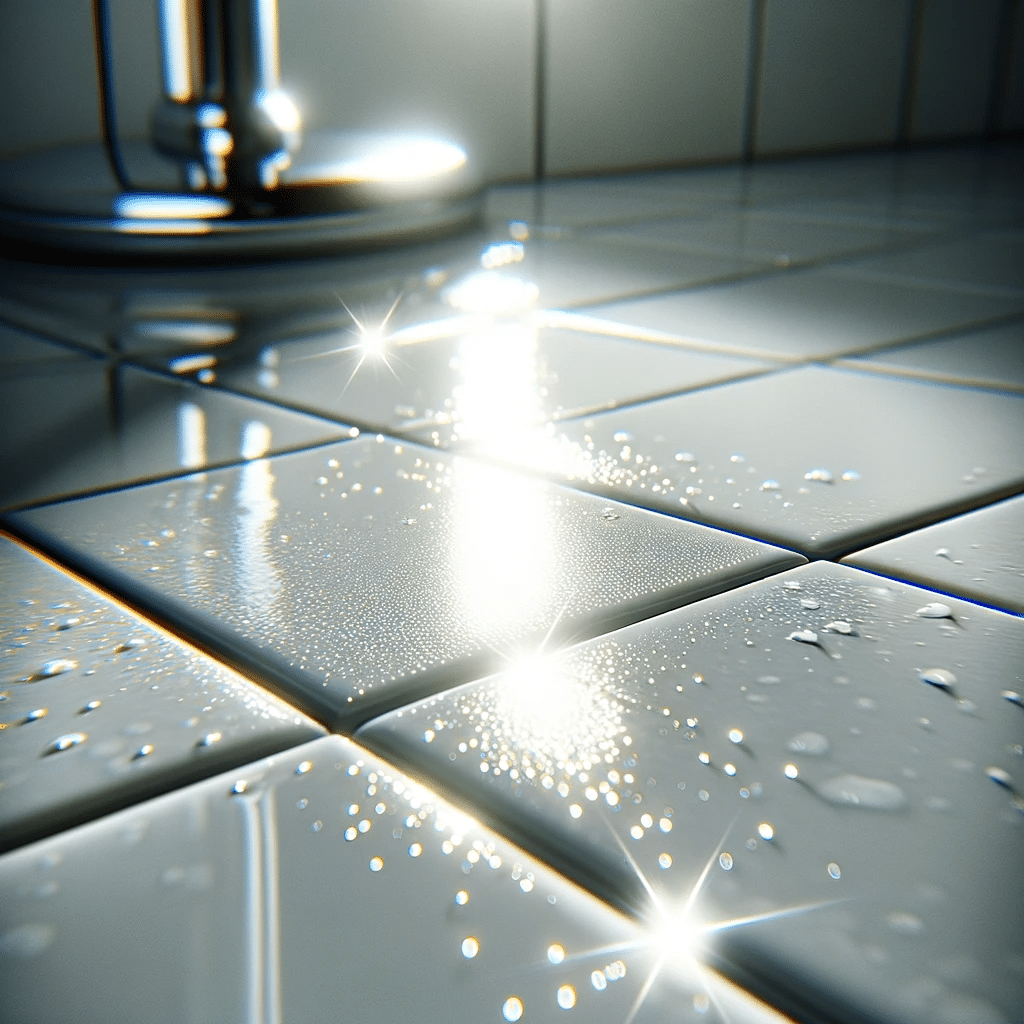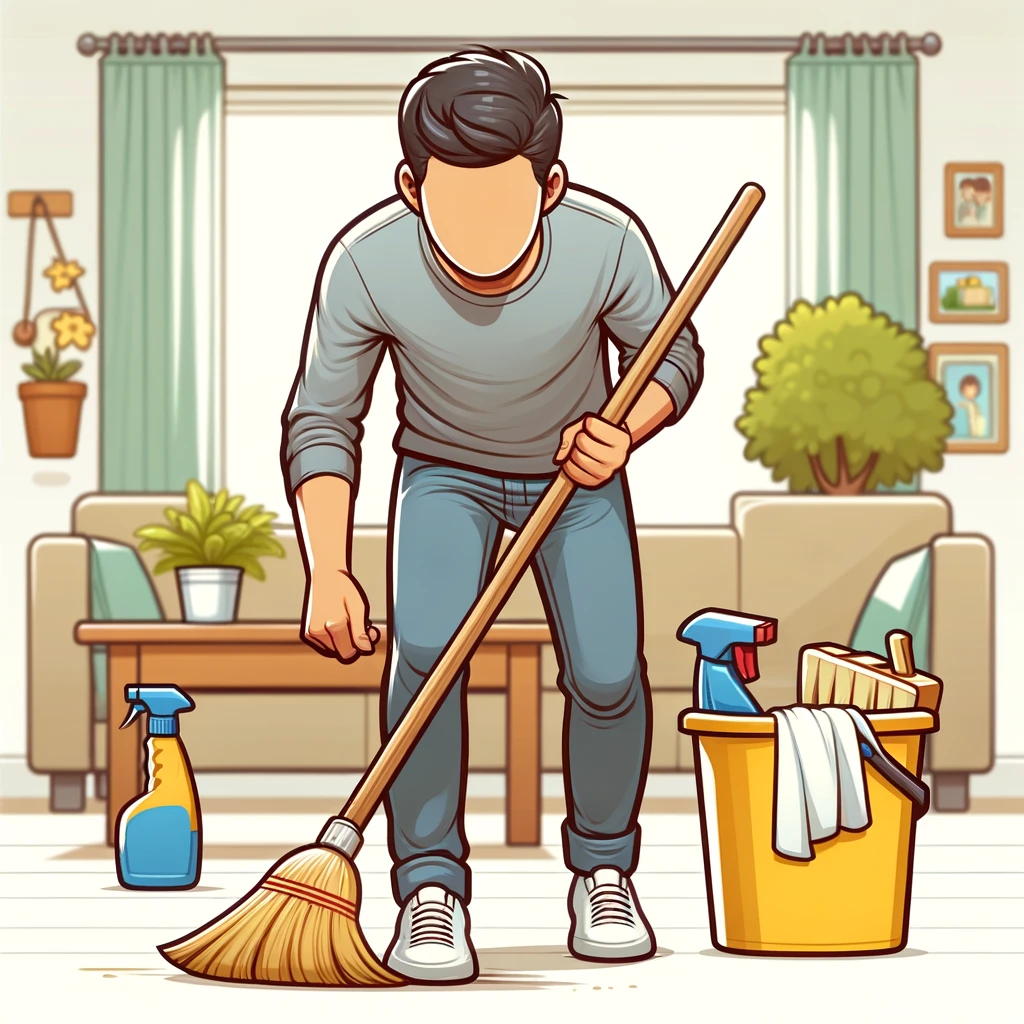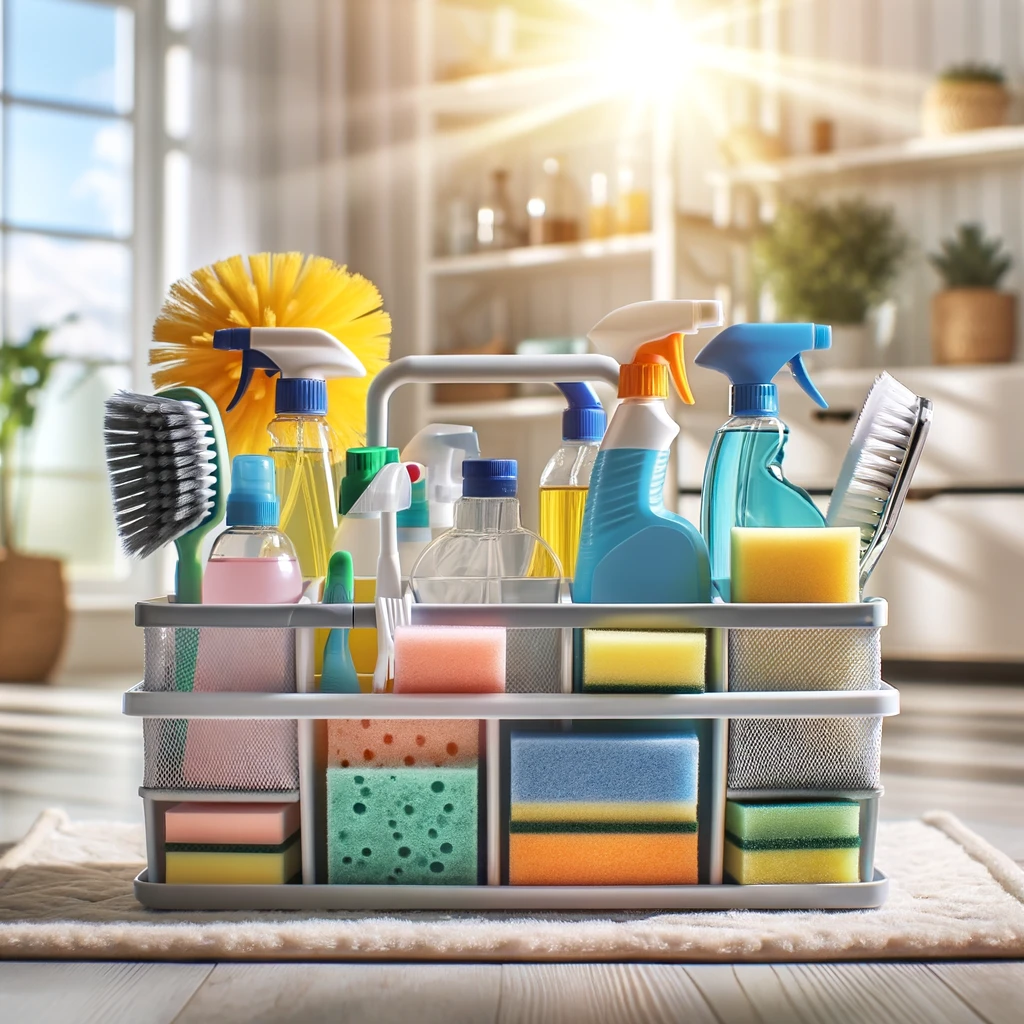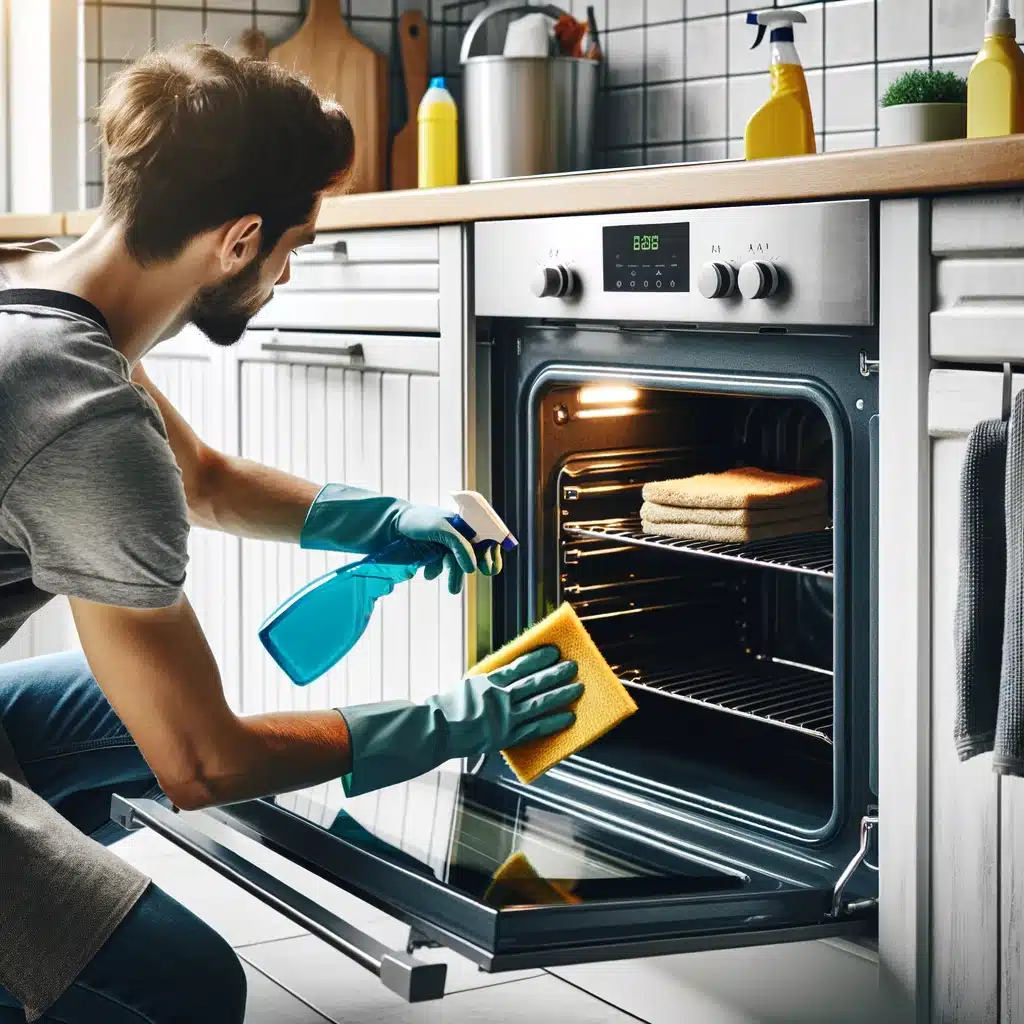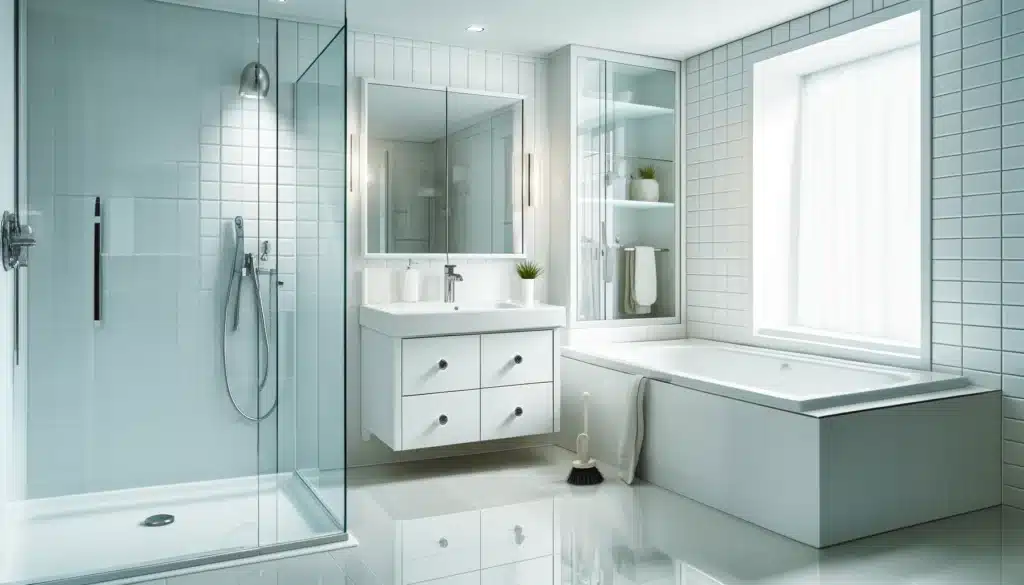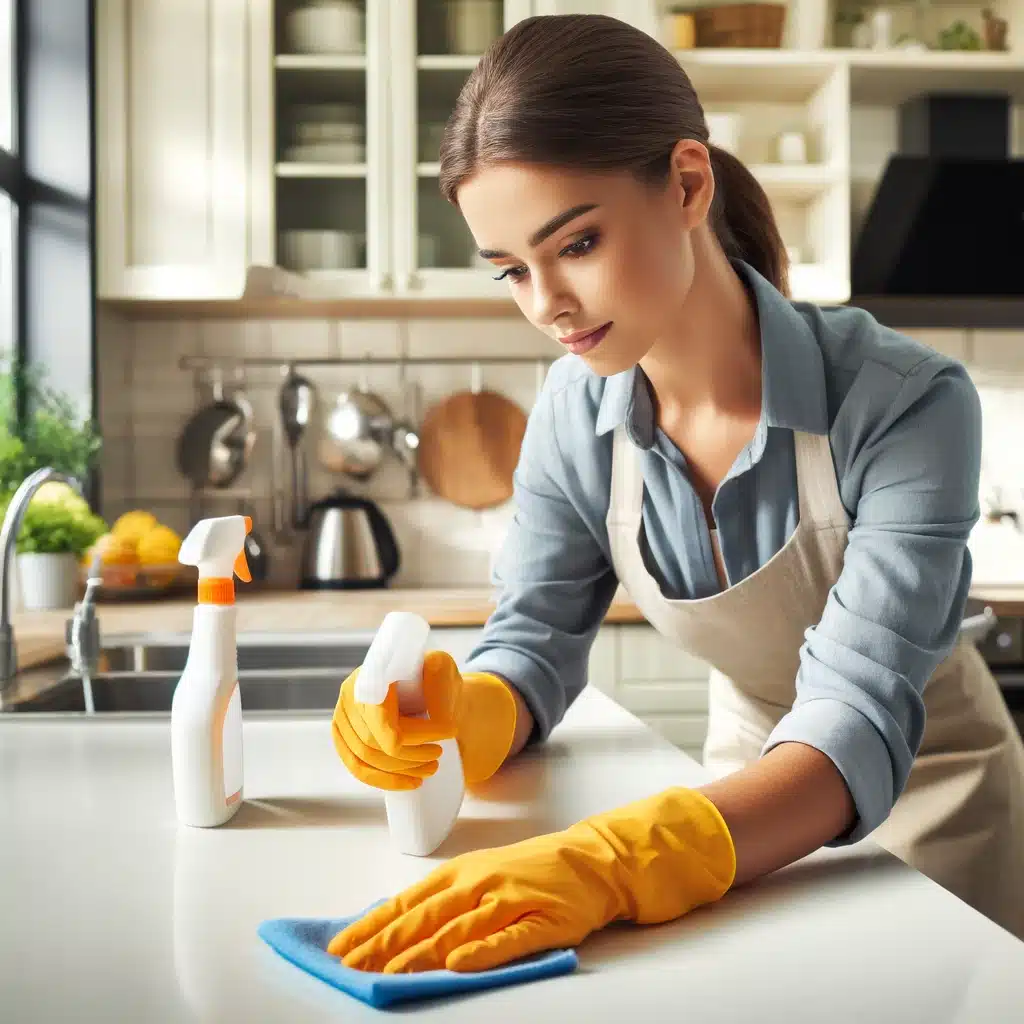How to Prevent Heatstroke with Cleaning: 5 Essential Tips
As the summer heat intensifies, the risk of heatstroke becomes a significant concern, especially for those of us who spend time cleaning our homes. Heatstroke is a serious condition caused by your body overheating, usually as a result of prolonged exposure to or physical exertion in high temperatures. Here are five essential tips to help you prevent heatstroke while keeping your home spotless. 1. Clean During Cooler Times of the Day One of the simplest ways to prevent heatstroke is to schedule your cleaning tasks during the cooler parts of the day. Early mornings and late evenings are typically cooler, making them ideal times to tackle household chores. The early morning hours, just after sunrise, provide a comfortable environment where the temperature is more manageable. Similarly, late evenings, when the sun is setting, offer relief from the intense heat of midday. By aligning your cleaning routine with these cooler times, you can significantly reduce the risk of heatstroke and make the task more pleasant. Cleaning during the peak heat of midday can be dangerous, as this is when temperatures are at their highest. The combination of physical exertion and extreme heat can quickly lead to dehydration and heatstroke. By avoiding these peak hours, you not only protect yourself from the risk of overheating but also ensure that you remain productive and efficient. This simple adjustment in your cleaning schedule can make a significant difference in your overall well-being during the hot summer months. To make this strategy even more effective, consider setting a timer to remind yourself to take breaks and stay hydrated. It’s easy to get absorbed in cleaning tasks and lose track of time, but regular intervals for rest and water intake are crucial. Staying hydrated helps your body regulate its temperature and prevents heat exhaustion. This proactive approach ensures that you maintain your energy levels and avoid the dangers of heatstroke, all while keeping your home clean and tidy. By integrating these practices into your routine, you can enjoy a safer, more comfortable cleaning experience throughout the summer. 2. Stay Hydrated Staying hydrated is paramount in preventing heatstroke, especially during intense cleaning sessions in the summer heat. As you engage in physical activities like cleaning, your body loses fluids through sweat, which must be replenished to maintain optimal body function and temperature regulation. Without adequate hydration, your risk of developing heatstroke increases significantly. Therefore, it’s essential to keep a bottle of water close by and make it a habit to take regular sips, ensuring that your body remains well-hydrated throughout your cleaning tasks. The importance of hydration cannot be overstated, particularly when temperatures soar. When you sweat, your body loses not only water but also essential electrolytes that are vital for various bodily functions. Dehydration can impair your body’s ability to cool itself, leading to a rapid increase in core temperature, which is a key factor in heatstroke. To combat this, drink water consistently, even if you do not feel thirsty. Thirst is not always a reliable indicator of your hydration needs, especially during prolonged physical activity. Furthermore, it’s wise to avoid beverages like caffeine and alcohol when cleaning in the heat, as these can act as diuretics, exacerbating dehydration and increasing the risk of heatstroke. To make hydration a more enjoyable and frequent part of your cleaning routine, consider adding a slice of lemon or cucumber to your water. These natural flavor enhancers not only make your water taste more refreshing but can also encourage you to drink more frequently. This small adjustment can significantly improve your overall hydration levels. Additionally, setting a timer to remind yourself to take water breaks can help maintain a steady intake of fluids. 3. Wear Lightweight and Breathable Clothing Wearing lightweight and breathable clothing is crucial when it comes to preventing heatstroke during cleaning activities. The right clothing can significantly help regulate your body temperature, keeping you cool and comfortable even in the hottest conditions. Opting for fabrics such as cotton that are both lightweight and loose-fitting allows for better air circulation, which aids in cooling your body naturally. By choosing breathable materials, you can minimize the risk of overheating and maintain a steady body temperature, which is essential in preventing heatstroke. Light-colored clothing plays an important role as well. Dark colors tend to absorb more heat from the sun, raising your body temperature more quickly. In contrast, light-colored fabrics reflect the sun’s rays, reducing heat absorption and keeping you cooler. This simple choice in clothing can make a substantial difference in how your body handles the heat, especially during peak summer months when temperatures are high. Wearing light-colored, breathable fabrics not only helps in temperature regulation but also provides a more comfortable cleaning experience, reducing the physical strain caused by excessive heat. If you’re cleaning outside, adding a wide-brimmed hat to your outfit can provide extra protection from direct sunlight. A hat shields your face, neck, and shoulders from the sun’s rays, reducing the amount of heat your body absorbs. This additional layer of protection can prevent sunburn and further lower the risk of heatstroke. By combining the right clothing choices with accessories like a hat, you can create a comprehensive strategy to stay cool and safe while tackling your cleaning tasks. 4. Use Fans and Air Conditioning Using fans and air conditioning effectively is essential for preventing heatstroke while engaging in cleaning tasks. Keeping your environment cool helps regulate your body temperature, ensuring you don’t overheat as you move around and exert yourself. Air conditioning is a highly efficient way to maintain a comfortable indoor climate, especially during the peak of summer when temperatures soar. If your home is equipped with air conditioning, make sure to set it to a comfortable level that will keep you cool without being too chilly, as sudden temperature changes can also be uncomfortable. For those without air conditioning, strategically placing fans around your cleaning areas can help circulate air and lower the room temperature. Fans can create
How to Prevent Heatstroke with Cleaning: 5 Essential Tips Read More »

